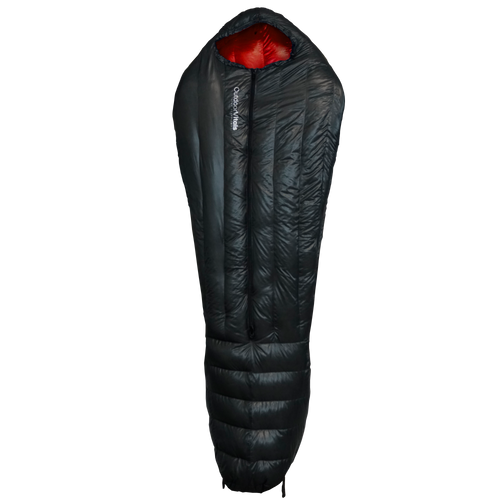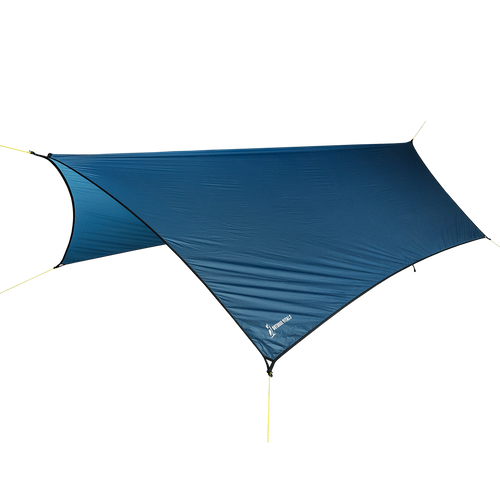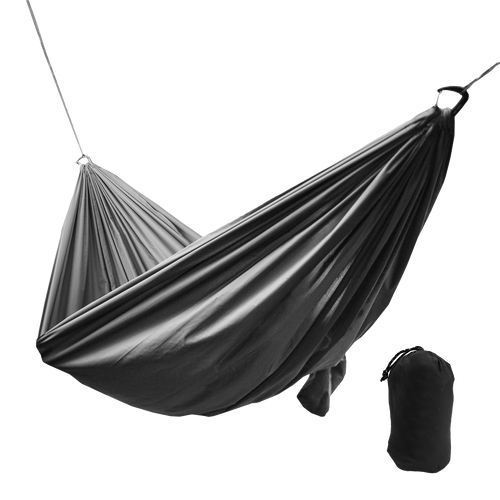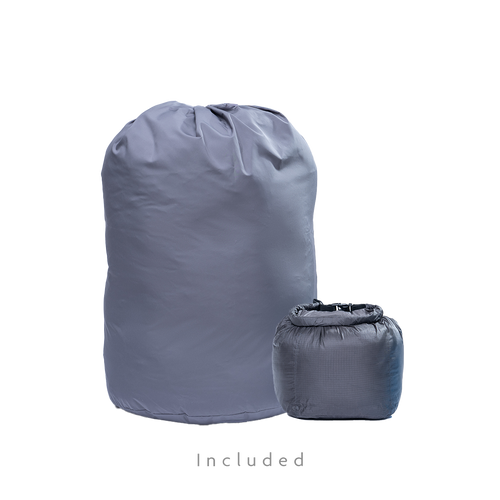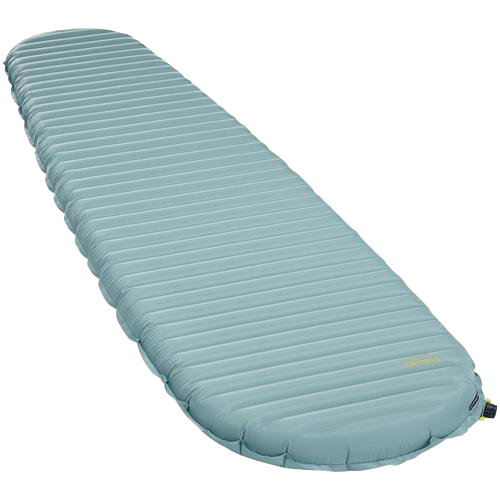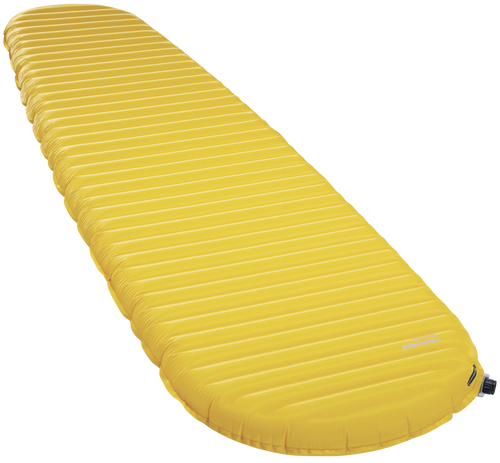Base Layers & Sun Hoodies: Synthetic vs. Wool
What you wear next to your skin the the backcountry can have a big impact.
Whether you're out in the dead of winter or the middle of a hot summer, your choice in base layers will make the difference between comfort or complete misery.
Base layers are the foundation of a performance-oriented layering system. The primary purpose of a base layer is to move moisture off and away from the body.
A base layer should fit right next to the skin for best performance (it shouldn't be too loose or baggy.) The more skin contact, the better. When the fabric is touching the skin it can immediately move moisture from your body.
However, a base layer top is also used as the primary top or sun shirt during backpacking trips as a stand-alone piece so you don't have to pack extra stuff.
It's OK for it to be slightly less form fitting. If you're using the right fabrics, it will still perform quite well as long as it's not overly baggy.
The Right Fabrics
So what are the right fabrics? Base layers & sun hoodies/sun shirts need to be ultralight, comfortable, manage moisture, and breathe.
Typically there are 2 general fabric classifications that fit this criteria: synthetic fabrics and merino wool.
**NOTE: notice that cotton does NOT make it into these recommended fabrics! Cotton absorbs water and doesn't move it or dry out very well. It also doesn't retain any heat when wet, so it's fairly useless & even dangerous as a base layer in cold temperatures!
When it comes to choosing the right fabric for your adventures, it's helpful to learn about the unique abilities of both synthetic fabrics and wool. There is a bit of overlap, but for the most part these different fabrics are both great for different things.
Synthetic Fabrics For Base Layers & Sun Shirts
One of the most common synthetic fabrics used in this category is polyester. Polypropylene, rayon, and a few others are sometimes used in base layer apparel, but not nearly as often.
For this context we'll focus on polyester and it's pros & cons since it is most common.
Synthetic Fabric Pros:
- Very lightweight (usually lighter than wool)
- Faster drying than wool
- More durable than wool
- Does very well at holding its shape even when wet
- Easy to wash/clean
- Generally costs less
Synthetic Fabric Cons:
- Holds more bacteria & odor than wool
Merino Wool Fabrics For Base Layers & Sun Shirts
Merino wool has quite a unique ability to wick moisture. The fibers can actually absorb moisture vapor before it even liquifies against the skin. That means it will work exceptionally well as a base layer for moving moisture from your body before it's even liquid sweat!
Merino Wool Pros:
- Excellent moisture wicking abilities
- Naturally very resistant to bacteria & odor
- Insulates well even when wet
Merino Wool Cons:
- Heavier than synthetic fabrics
- Takes longer to dry
- Doesn't hold its shape as well as synthetic fabrics when wet
- Typically more expensive than synthetic fabrics
NOTE: Merino wool is almost always blended with synthetic fibers when used in apparel. Different ratios of synthetic to wool can give significant boosts in merino wool performance. Even a 10 to 20 percent presence of polyester or nylon significantly increases the performance of merino & its ability to dry faster, hold shape, & maintain durability.
Applications
Like I said before, both synthetic and wool fabrics are great for base layers & sun shirts. It all just depends on what's most important to you.
For example, if for an upcoming trip you are most concerned about a sun shirt's ability to breathe well and dry quickly, then you might look into some synthetic options such as the Altitude Sun Hoodie:

The Altitude Sun Hoodie is just 4 oz and breathes incredibly well. It dries extremely fast so your not stuck with wet clothing on hot, sweaty hikes or in cold winter conditions.
The fabric effectively blocks UV rays and prevents sun burn, and the overall cut gives you good coverage - even on the front of your neck!
Now, sometimes you'll want something without a hood, especially if you are layering up with other hooded jackets! The Altitude also comes in a long sleeve tee without a hood:

The Altitude Performance Tee functions just like the hoodie, but is a bit lighter weight without the hood. It's perfect for layering or any active pursuit, especially since it comes in a short sleeve version as well:

The Altitude Performance short sleeve tee is great for running, hiking, sports, working out, or just hanging out around town.
The fit should be athletic, but not tight or restrictive- this allows the synthetic blend to more effectively manage & wick away moisture. There is no hardware, adding to the simplicity and decreasing weight.
So what if the most important thing to you is odor management or your base layer's ability to insulate even if it gets wet?
That's where merino wool comes in handy.

The Tern Merino Wool Hoodie is an excellent sun shirt & base layer. At just 5.4 oz, it's not much heavier than the Altitude, but gives you a lot more odor control and insulation capabilities.
The Tern Hoodie has the same cut and features as the Altitude (including true flat-lock seams & excellent hood coverage) & works well as either a sun shirt or a base layer.
But what if you want something that doesn't have a hood?
The Tern comes in a short sleeve version that you can use as a performance shirt to wick moisture & manage odor without weighing you down.

The Tern Ultralight Merino Wool Tee is ultralight at just 4.1 oz, and works perfectly as an active shirt for running, hiking, going to the gym, travelling, or even just hanging out!
Really, you can't go wrong with any of these choices. All are performance focused and have been tested & proven in the backcountry.
Jesse Manntai, one of our sponsored athletes, raves about his Tern Hoodie after successfully completing the GDT. To hear his thoughts on the Tern & other gear used on his trip, check out this video:
Additionally, our Directors team all used either the Altitude or the Tern when we completed the entire 115 miles of the Uinta Highline Trail in just 5 days! Check out the adventure below:
If you have any questions about base layers or sun shirts, please don't hesitate to contact us at support@outdoorvitals.com!
3 comments
Great article and I agree with some of your statements. However after 50+ years of backpacking in the Northeast both Summer and Winter I think I’ve learned a few things that are not stated in your article.
For instance Wool is great BUT it depends on how tightly its Spun. If there is virtually no room for air to migrate thru the fabric then Wool will absolutely not work well. I have a Medium weight Wool thermal Zip top Made by a major manufacturer (Dumb Wool) that just makes me sweat so much I’ve actually retired it. It doesn’t breathe and traps all the moisture next to my skin making for some miserable days and nights in the back country.
Instead my Cashmere sweater is the real sleeper in my mountain kit. When you look at it you almost can see thru it. When I bought it I thought what a piece of junk this is. It isnt going to work at all. man was I wrong. The Cashmere breathes so well there is no other garment that’s needed to assist it. Not only that Cashmere is warmer than straight Merino Wool. How much warmer is up for debate but my body can tell the difference right away and that’s all I need to know. And if that weren’t enough Cashmere will hold on to less moisture than Merino wool. Honestly I’ve climbed mountains in sub zero weather and been toasty warm under my layers.
In regards of Synthetics costing less than Merino Ive purchased a number of base layers from the big P and they are very costly. I seem to pay more for less fabric and that’s ok with me as under exertion a lightweight synthetic breathes well and moves moisture as it should. Waffle patterning works real good. Its light and holds heat pretty good.
As a fabric Nylon breathes the best of all synthetics but you and I can’t buy it. It just doesn’t lend itself well to garment construction and that’s where Polyester comes in. Years back I had some garments made with Nylon and they were great but wore out and the next big push was for Polyester with its sub par performance .
More to come but hope this helps…
I am always impressed with how OV will come out with podcasts, videos or articles like this as you release a new product to dive into some aspect of the why and the what of your products. It is a value differentiator to your brand. Thank you for the insights and transparency. Keep innovating and improving!
Please make women’s specific clothing. I know you say some of it is unisex but it does not work for many female bodies. I’ve tried.

